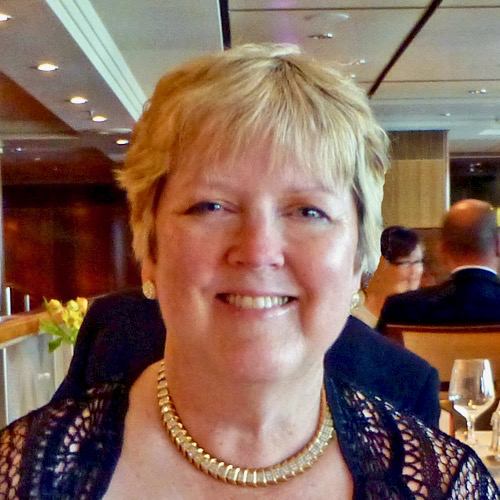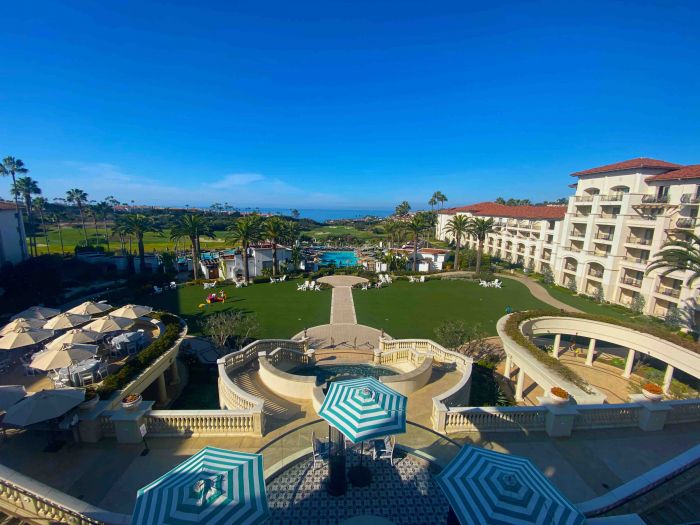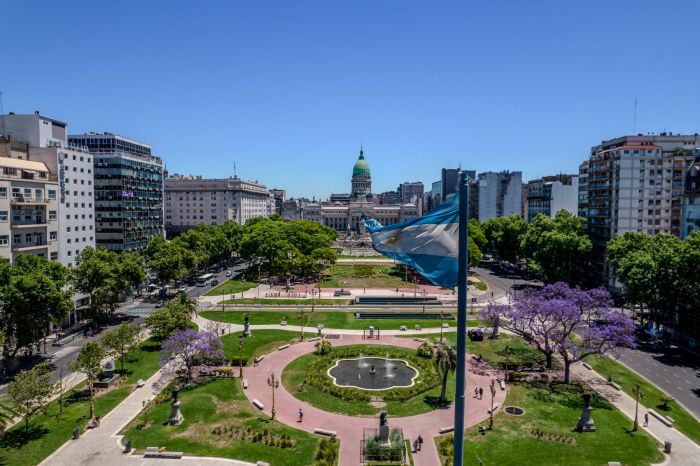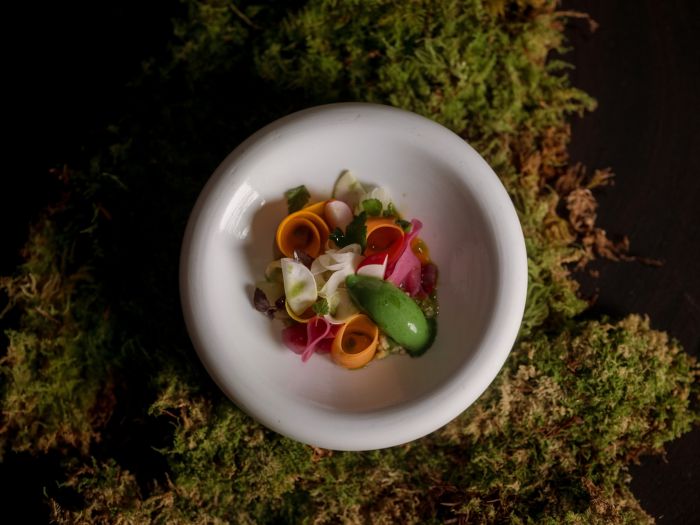
Whether enhancing a trip to the scenic lakes region of Upstate New York or simply in search of an upscale urban getaway rich in history and cullture, consider the richness of experiences that the city of Rochester and its East End Cultural District have to offer.
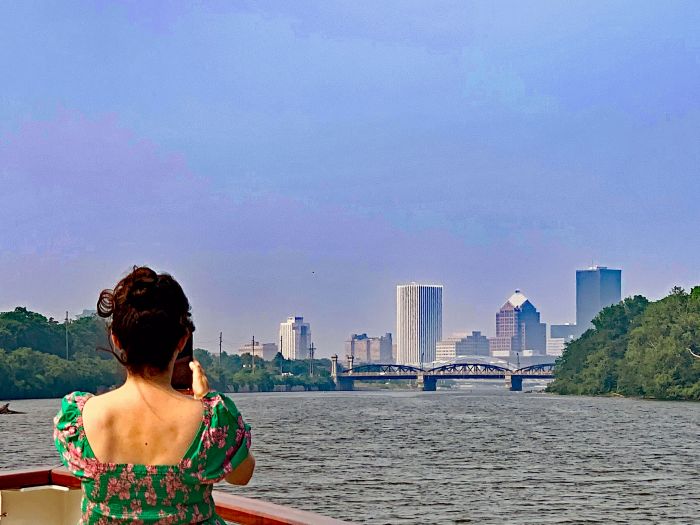
There are over 140 festivals a year and a diverse array of museums, each of which takes visitors through time in its own unique way. From one of New York’s finest art collections to the homes of influential residents who changed history and the interactive exhibits in the extraordinary newly expanded world of play, Rochester is a place for all ages and interests.
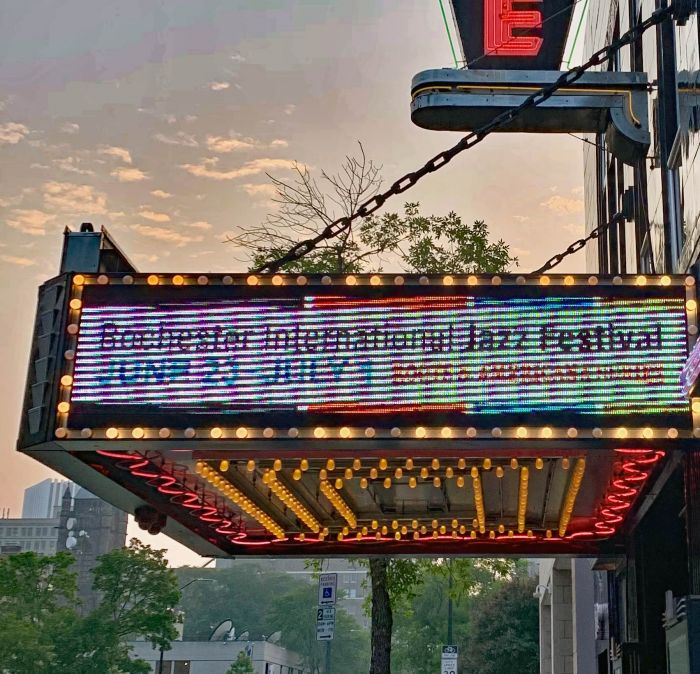
The Erie Canal: from wilderness to boomtown
Historic homes and mansions throughout the city are symbols of its glorious past. The small frontier town of Rochester became the nation’s first western boomtown when the Erie Canal was built right through it, connecting the Great Lakes to the Atlantic Ocean.
This brought the first major movement of settlers to the fertile lands to the west. Goods were transported more easily and at drastically lower cost to and from what became the nation’s top seaport, New York City. Rochester was called the Young Lion of the West.
Rochester: flour, flowers and festivals
With its growing labor force, expanding trade opportunities, waterfalls to power mills, and easy access to America’s wheat, Rochester became the world’s largest producer of baking flour. The flour was of such high quality that it made its way into Queen Victoria’s kitchen. Rochester became known as Flour City.
The best view of the 96' tall High Falls that powered the mills and the former industrial district is from the rooftop of the Genesee Brewhouse. This popular pub-style restaurant and bar is a 9,200-square-foot beer destination in a century-old former bottling plant. Colorful interactive and multimedia exhibits tell the history of the owner, Genesee Brewery, one of the largest and oldest continually operating breweries in America. Enjoy a meal with a view from the outdoor patio, sample beer unique to the brewhouse and schedule a tour, if you like, at the pilot brewery.
Rochester also became internationally renowned as a flower and tree center and for its seed companies. Ellwanger & Barry Nursery, with its international clientele, was the largest nursery in the world. Rochester soon became known as Flower City. The city’s logo may look like a snowflake, but the design actually combines a lilac blossom, honoring the city’s flower, with five spokes representing a flour mill’s water wheel.
A 10-day Lilac Festival is held in late spring in Highland Park, which is home to over 500 varieties of this fragrant flower. This is North America’s largest collection of lilacs and the largest free festival of its kind. The park is also home to the Lamberton Conservatory.
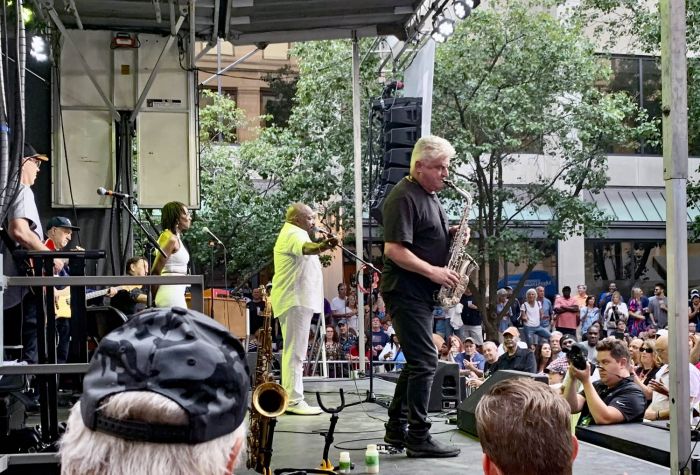
In summer, follow the music to the streets closed to traffic for the 9-day CGI Rochester International Jazz Festival . Over 1,500 artists perform in over 300 concerts in both public outdoor stages and in ticketed indoor venues. This is one of the nation’s most popular music festivals, attracting people from around the world. September’s highly popular Rochester Fringe Festival, modeled after the Fringe Festival in Edinburgh, Scotland, is another noteworthy event.
In the footsteps of influential Rochester residents
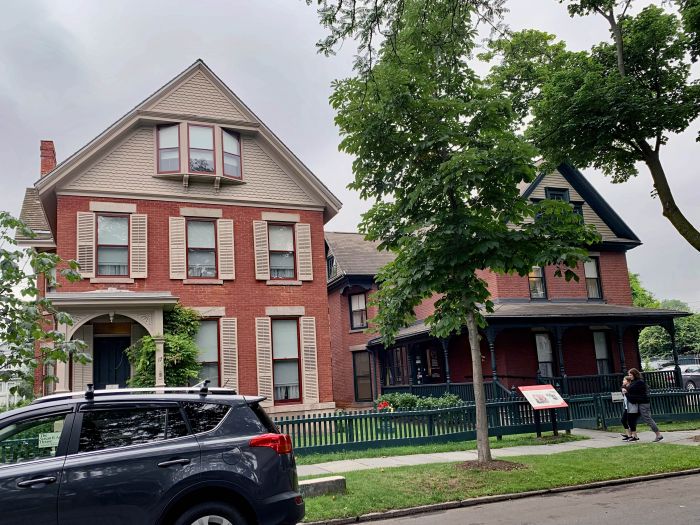
Tours of two historic homes, that of women’s rights activist Susan B. Anthony and of photography innovator George Eastman, provide an opportunity to walk in their footsteps and learn about the pivotal roles these Rochester residents played in revolutionizing the world. Both houses are listed in the National Register of Historic Places and are National Historic Landmarks.
The National Susan B. Anthony Museum & House was home to one of the most famous people in the world in her day. With the support of her like-minded Quaker family and friend Elizabeth Cady Stanton, Susan B. Anthony traveled the country to promote not only an amendment to the U.S. Constitution for a woman’s right to vote but also temperance, abolition, labor rights, equal educational opportunities for all and equal pay for equal work. Anthony was arrested in her front parlor for voting in the 1872 Presidential Election.
The house was the headquarters of the Woman Suffrage Association and the Rochester Political Equality Club. Anthony met with several abolitionists in this house, including former slave, eloquent orator and Rochester resident Frederick Douglass. He was the most photographed man in the world and a strong influence on the passage of the 19th Amendment, which went into effect fourteen years after Anthony’s death.
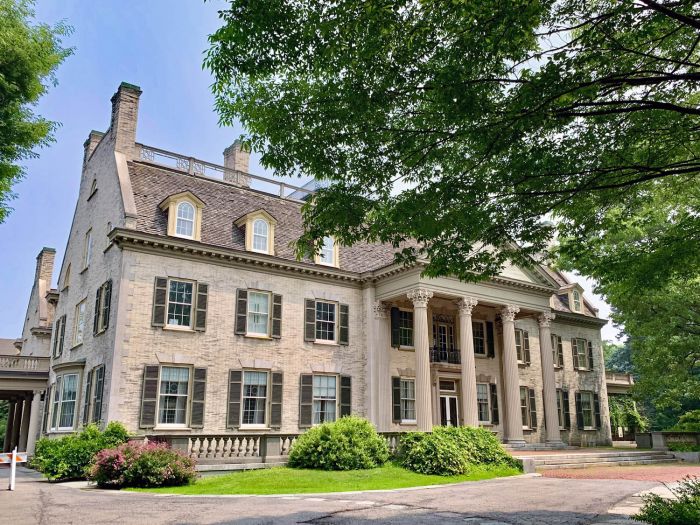
The George Eastman Museum was established in 1947 to preserve the legacy of Rochester’s premier entrepreneur, inventor and and philanthropist. Eastman revolutionized and simplified the technology of photography. He also founded the Eastman Kodak Company, which became the world’s foremost camera and photographic company.
Tours include major rooms in his 35,000-square-foot, fifty-room 1905 Colonial Revival mansion. The library and east sitting room, which is easily identified by its mounted elephant’s head, a replica of the original, are much as they were when Eastman lived there. Eastman went to great expense when he had his mansion cut in half in order to enlarge his music room, add another organ and create his own version of surround sound.
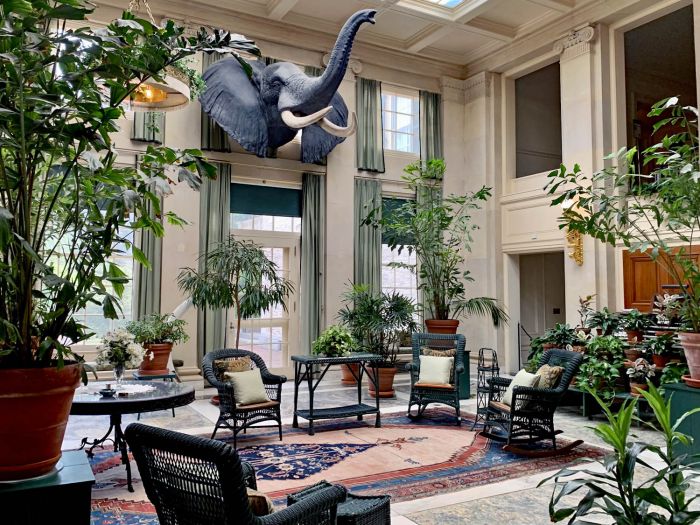
Parts of the home have been converted to gallery space. The museum of international photography includes the full history of film and one of the oldest film archives in the world.
Eastman wanted to bring photography to all. His slogan “You press the button, we do the rest,” came to fruition in 1888 when he sold simple $25 hand-held box-style cameras outfitted with enough of his flexible rolled film for 100 exposures. These cameras were shipped back for professional photo finishing and returned to the customer with a new film cartridge.
Eastman said he wanted photography to be “as convenient as the pencil.” The simple and inexpensive $1 Brownie camera he subsequently developed for children became enormously popular with all age groups.
Thomas Edison visited Eastman in his Terrace Garden and together they demonstrated Kodacolor motion picture film. Visitors can relax with a view of that magnificent garden from a table at the museum’s Open Face café.
Eastman was one of the greatest philanthropists of his time. During his lifetime he donated, often anonymously, over $100,000,000 to educational and art institutions, public parks, and for medical and dental clinics and hospitals in Rochester and around the world. He willed additional money for education, appreciation of the arts and expansion of medical services to the Rochester community. His philanthropy was among the highest in the world, equivalent to about $3 billion today.
Living history: Travel through the Genesee Valley’s history
Eastman’s early childhood home is one of the 68 buildings, each with its own story, at the 600 acre Genesee Country Village & Museum in nearby Mumford. It is America’ s third-largest living history museum and the largest and most comprehensive in New York State.
To travel through Genesee Valley history, begin with the self-sustaining farms in the Pioneer Village (1790s to 1830s). Settlers arrived here when land became available after the Revolutionary War. Houses in this area are modest and have basic gardens for self-sufficiency. The most notable structure is the Col. Nathaniel Rochester House, home to the man who became Rochester’s founder.
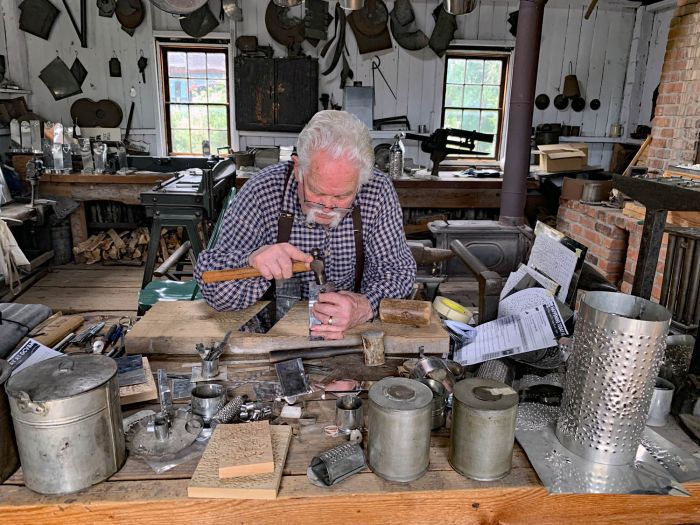
Goods and specialized services became available with the building of the Erie Canal and railroads. Visit the Center Village (1830s-1860s) to see how shops were stocked with inventory. Speak with costumed historic interpreters depicting merchants, craftspeople and professionals. Observe a boot and shoemaker, cooper, printer, gunsmith, potter, cabinetmaker, dressmaker or wagon maker and wheelwright in action. Stop to chat at the law or insurance office, drug store, tavern, inn, town hall, confectionery, church and parsonage.
Visit kitchens to see how 19th century cooking varied depending on the era and affluence. You might catch the aroma of a pie being baked or see cheese being made as a way to preserve milk.
Take in the grandeur of the columned Livingston-Backus House. It was built in 1827 for a Rochester entrepreneur who made a fortune in milling, banking, and speculative ventures.
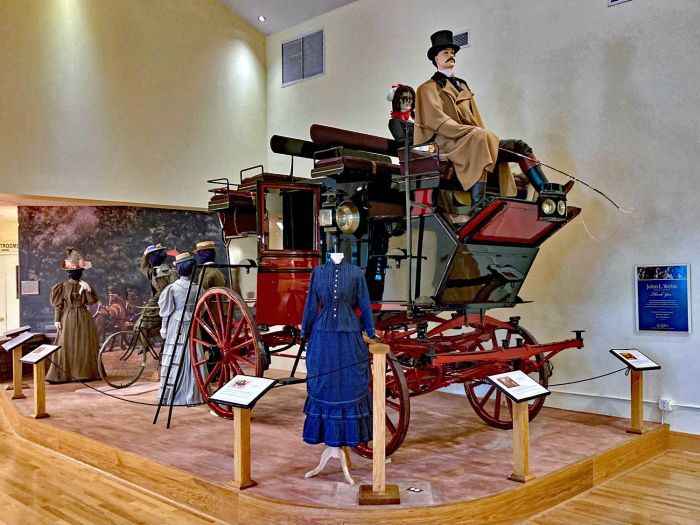
In the Gas Light District (1870s to 1920s), see how emerging technologies, farm mechanization, industry and the production of supplies for soldiers created wealth during the Civil War. Leisure time led to recreational pursuits like carriage rides, bicycling and sports. This was also the era of entertainment and enrichment with traveling circuses and lecture circuits. Buildings like Davis Hall, built in 1884, were cultural and entertainment hubs and the site of plays and musical concerts.
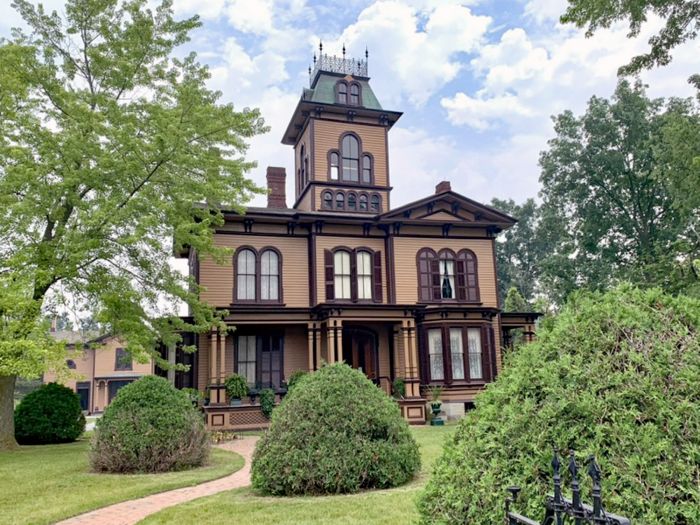
Learn why Orson Squire Fowler and others built octagonal houses. Admire the elegant Victorian architecture and ornamental gardens. Take in the opulence of homes like the Hamilton House, built the elegant Italianate style with elaborate towers and cupolas.
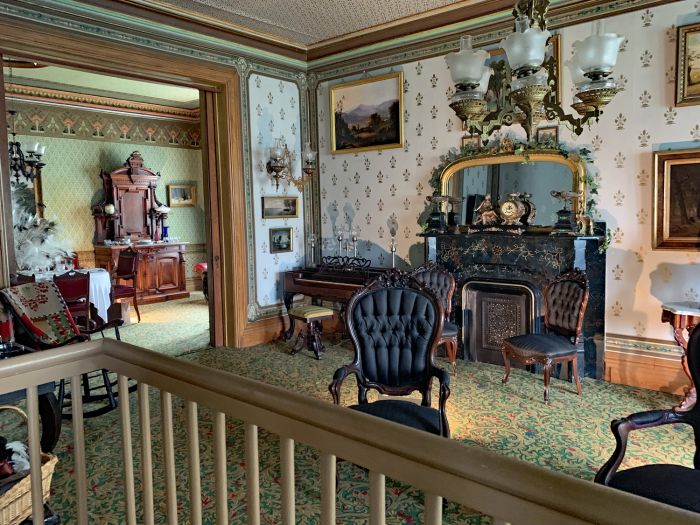
Art through the ages
Travel through time though art when you globetrot through 5,000 years of art history, from antiquity to the present day, at the Memorial Art Gallery on University Avenue. The 14 acre campus, with its extensive permanent works from around the world, offers one of New York’s finest collections outside New York City.
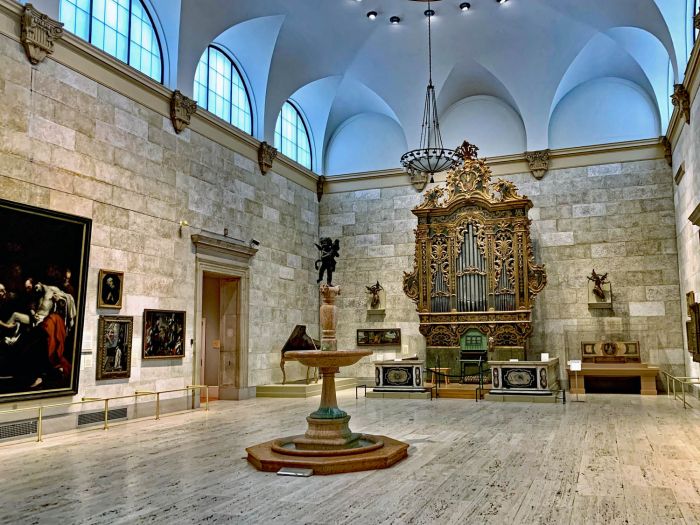
Special exhibits are curated to reflect lifestyle changes through time. See how art reflects adaptations to a rapidly changing world reshaped by wars, electricity, automobiles and photography. Continue outdoors to the public Centennial Sculpture Park, a showcase of public art in the middle of the Neighborhood of the Arts
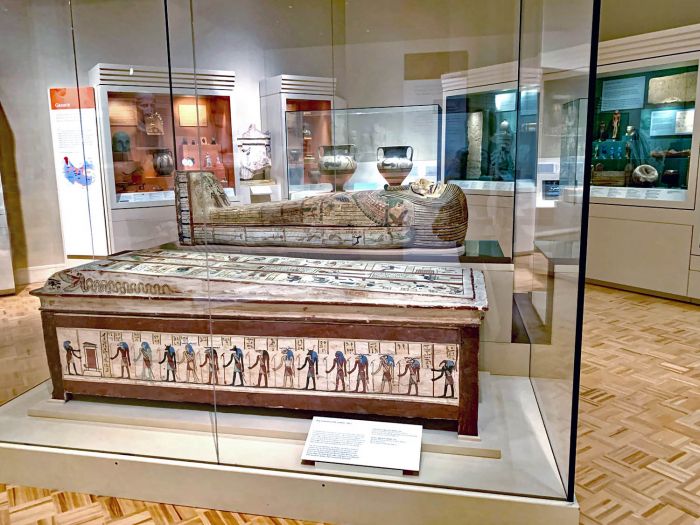
Wonders of the world: from the paleontological to the extraterrestrial
Revel in the wonders of our world and beyond with the entertaining hands-on exhibits, authentic collections and electrifying shows at the Rochester Museum & Science Center and Strasenburgh Planetarium on East Avenue.
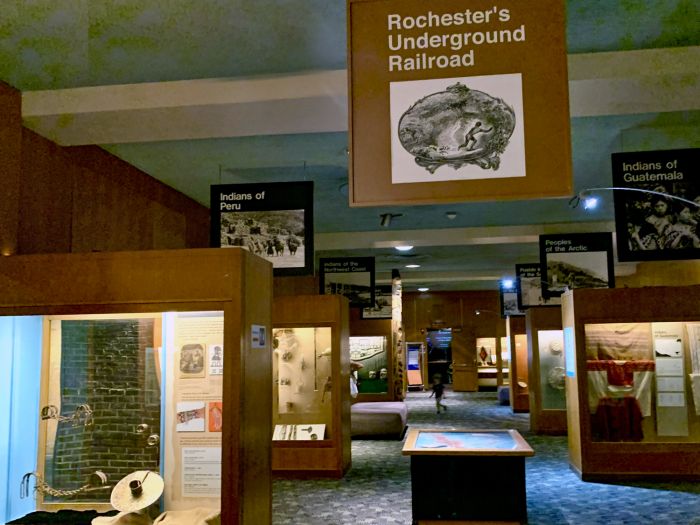
The Strong Museum of Play: The ultimate immersive play destination for all ages
Almost all creativity involves purposeful play.
Quotation by Abraham Maslow, American psychologist, 1908-1970, posted at the Strong National Museum of Play
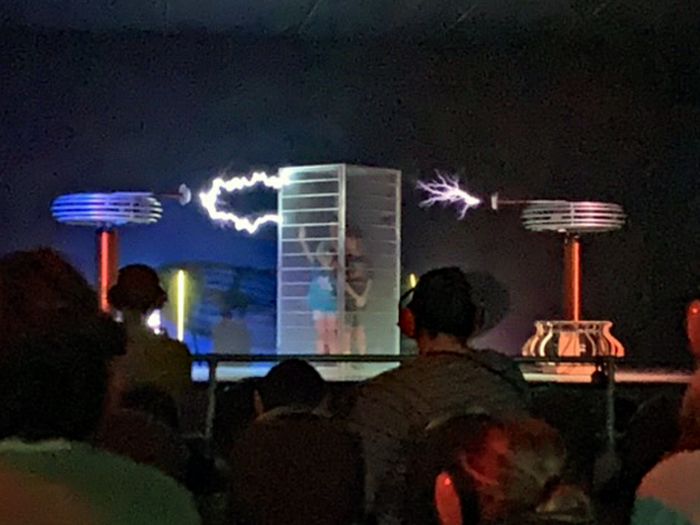
Travel back to the time of prehistoric creatures and of the European fur trade with the the Seneca people and other Native Americans. Learn about Rochester’s Underground Railroad and the slaves who escaped to Canada. From nanotechnology to distant stars, this is a place to better understand the world around us and to rediscover the world of wonder.
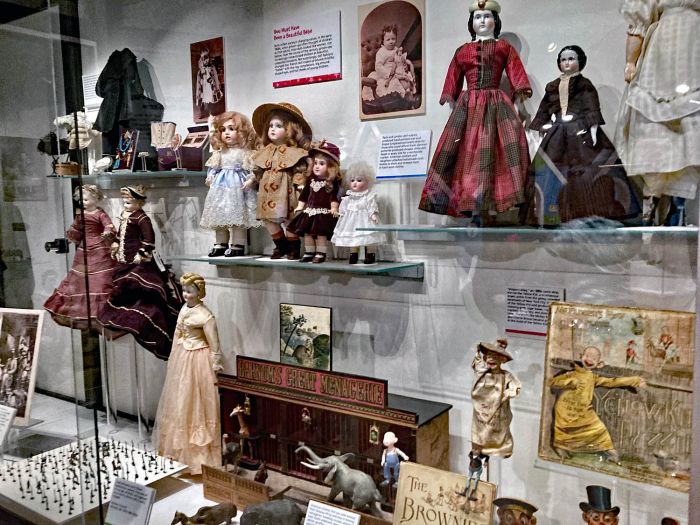
Relive your childhood when you see some of the best and most important classic toys from all ages at the the National Toy Hall of Fame. It is at the newly expanded Strong Museum of Play, the ultimate immersive play destination for all ages. The museum showcases the world's largest collection of toys, dolls, and games of all time and features the most comprehensive collection of historical materials related to play.
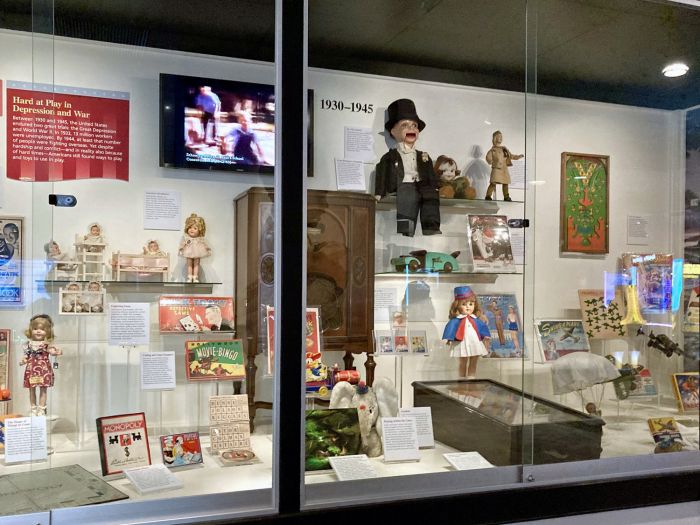
This is, however, also a lively museum with visitors absorbed in a range of playful pursuits. Visit Sesame Street and your favorite characters. Discover whether you prefer the Skyline Climb and zipline across the atrium or the carousel. Play in your favorite areas throughout the two floors, each a city block long.
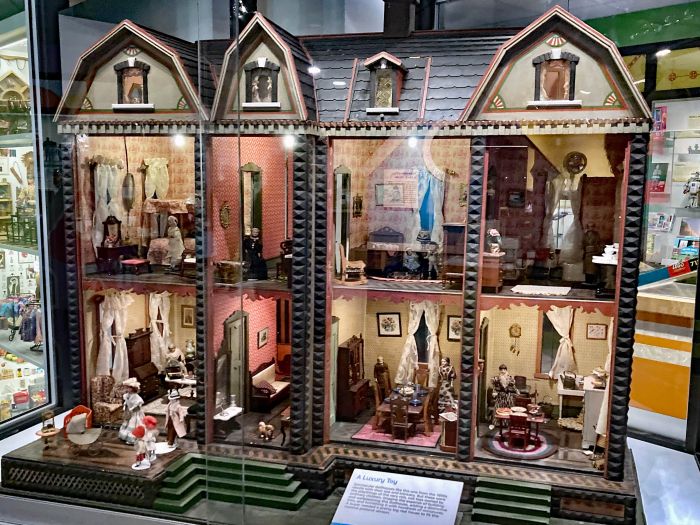
Explore your own ideas about play as you see the world of toys and games from a new perspective. Enter the world of comic book superheroes. Become immersed in some of the best pinball games and most influential video games of all time. Try the nearly 20’ tall Donkey Kong. Solve quests. Experience how the way people play and connect has changed.
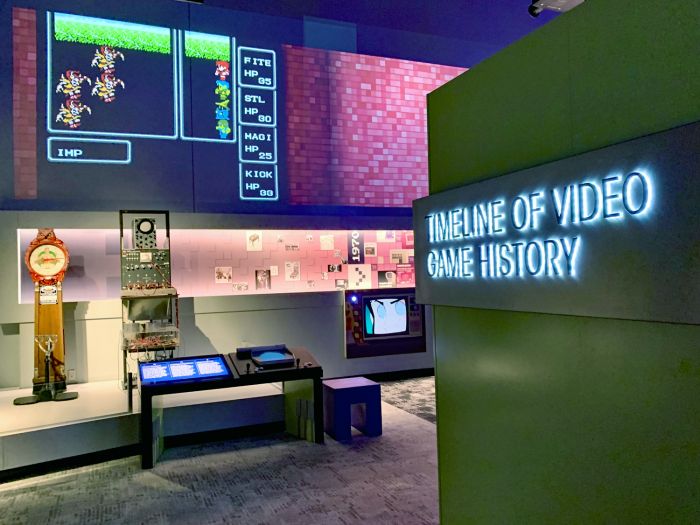
The museum reopened in June 2023 with a 90,000 sq. ft. expansion. This is part of a $75 million project that includes a rainbow-colored parking garage, 24,000-square-feet of exhibit space dedicated to the celebration of electronic games, and Hasbro Game Park, an 17,000-square-feet expanse of outdoor exhibit space exploring the influence of board games. There is even a 17’ fire-breathing dragon.
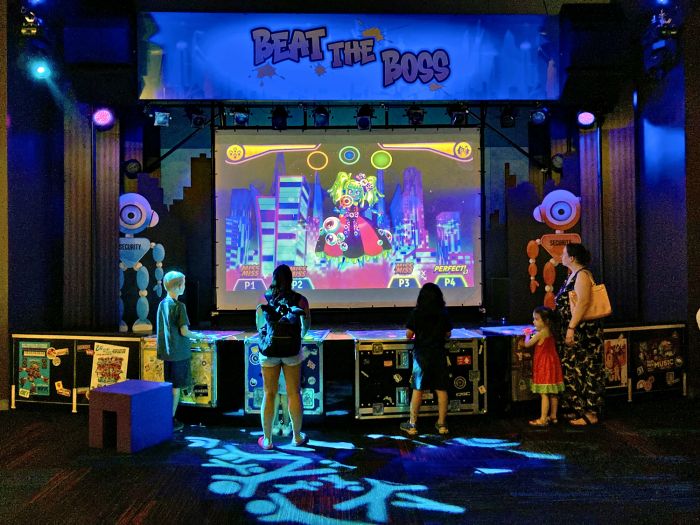
Check the website for upcoming special events.
Rochester from the water
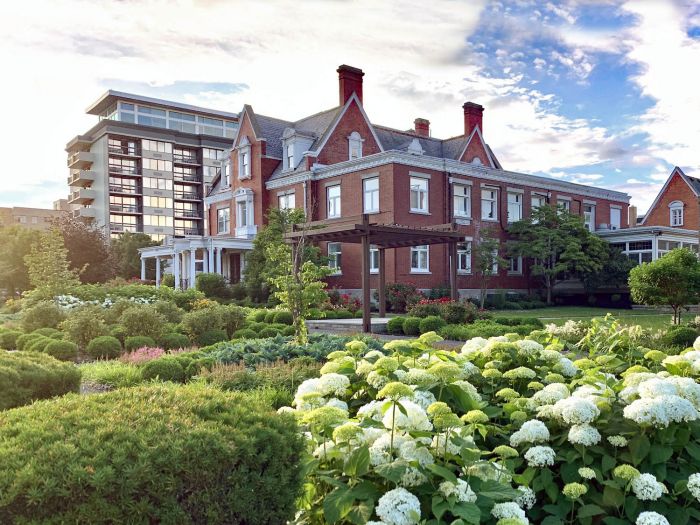
Relax with an iconic view of the city along with live narration and tidbits about life along the river with Genesee River Cruise aboard the Riverie. It set sail in June, 2023 and is the newest boat in the Rochester area. Thursday evening cruises feature live music.
To add to the experience, enjoy Happy Hour at Flight Wine Bar , adjacent to the boat dock, before or after your cruise.
Nature’s bounty
The Rochester Public Market, 280 N. Union Street is one of the busiest places in the city. It is open Tuesday, Thursday and Saturday, 52 weeks a year and has free parking across the street. Stroll the rows of local farm fresh produce, ethnic foods, food vendors, jewelry, clothing and more and take in the local flavors.
Where to stay
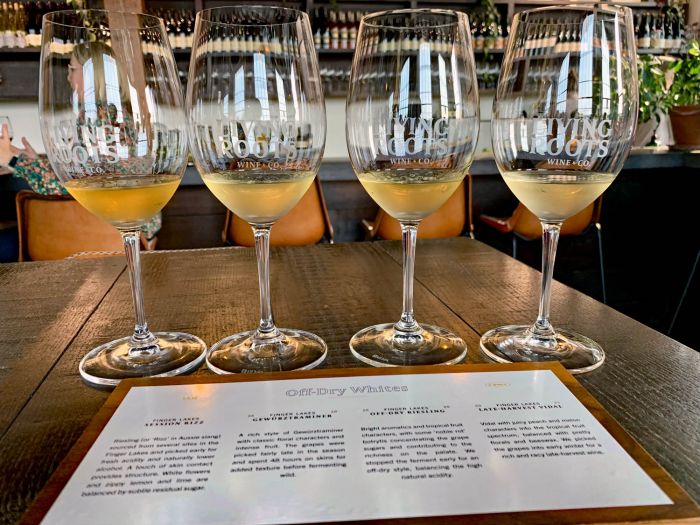
The newly renovated Strathallen Rochester Hotel & Spa is Rochester’s premier boutique hotel. It is in the Neighborhood of the Arts, conveniently located within walking distance of most major cultural attractions. It was awarded Best Of Rochester in the 2023 Readers’ Poll published in RochesterCityNewspaper.com.
The adjacent Century Club of Rochester is a stately venue used for club and hotel events. 7 on Strath, in an historic Queen-Anne style mansion just steps away, has six newly renovated luxury suites for business or leisure travelers.
Char Steak and Lounge, just off the Strathallan Rochester Hotel lobby, was awarded Open Table’s 2023 Diners’ Choice Award. It is open for lunch or dinner in addition to offering a bountiful buffet or à la carte breakfast.
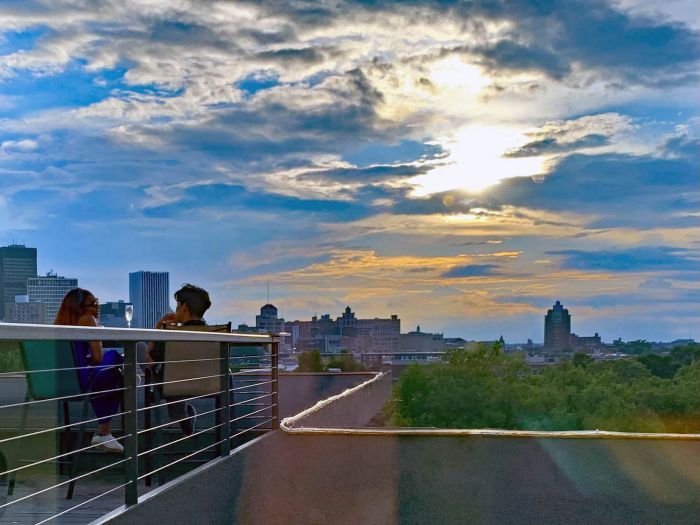
Enjoy the exceptional view of the city from the hotel's 9th floor rooftop at Hattie’s, a lively bar with tufted leather booths and mahogany paneled walls. There is space in this hip social hub for special events as well as a wraparound patio, complete with a fire pit, for panoramic views of the city.
Other dining suggestions
For casual dining and a sense of the hip urban vibe, choose one of the restaurants along the tree-lined Park Avenue.
Enjoy Happy Hour at Living Roots Wine & Co., where you can savor the best of the owners’ hometowns. Choose from the rich and aromatic whites and sparklings from of the Finger Lakes and the vibrant, medium-bodied reds from South Australia.
Dine by the Erie Canal in historic Pittsford. Try the New-Age American fare at Label 7 or the contemporary American cuisine at Erie Grill, And don’t miss dessert at Pittsford Farm Dairy and Bakery It is on landmark dairy property that dates back to 1814 when Samuel Hildreth built his home and established a stagecoach operation and livery business here.
Take an Erie Canal lock tour in Pittsford aboard a replica historic packet boat, the Sam Patch. The boat is named named for a 19th-century mill worker, the first famous American daredevil to jump from waterfalls. He gained national fame with his 120' jump into Niagara Falls, but his fateful second jump from a platform 25' above Rochester’s High Falls was his last.
Coming attraction
Rochester is on the path of the total solar eclipse on April 8, 2024. This is the last great opportunity until 2045 for large segments of our country to experience a total solar eclipse. Just one more reason to visit Rochester.










